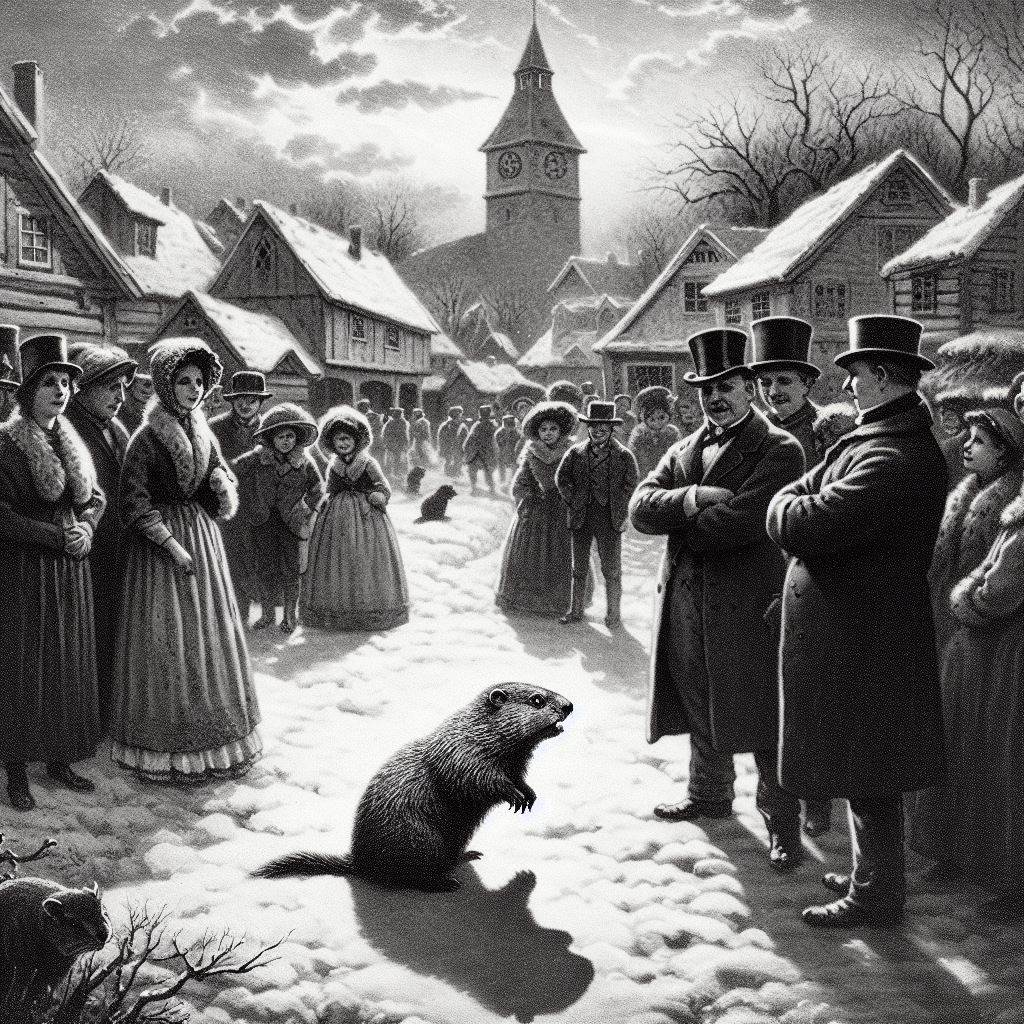Groundhog Day: A Holiday with Deep German Roots
Every February 2nd, a furry oracle emerges from its burrow, its shadow dictating the fate of winter’s grip. This, of course, is the legendary Groundhog Day, a uniquely North American tradition steeped in folklore and fun.

But did you know its roots lie not in snowy fields, but in the sun-drenched meadows of Germany? That’s right, Groundhog Day, with its quirky charm and weather predictions, bears the distinct paw prints of German immigrants. So, grab your lederhosen (or maybe just a warm coat) and burrow into the surprising history of this beloved holiday.
From Sunbeams to Shadows: The Germanic Origins
Imagine the scene: It’s the Christian holiday of Candlemas, February 2nd, in medieval Germany. Sunlight peeks through the clouds, casting hopeful beams on shivering peasants. They rejoice, for according to an ancient belief, sunshine on this day promises a harsh “second winter” with six more weeks of cold. But wait, what scurries across the sunlit path?

A badger, emerging from its winter slumber! If the badger sees its shadow, folklore warns, the extended winter is assured. This “Dachstag,” or Badger Day, held immense significance for farmers, their livelihoods hinging on the season’s whims.
Planting Traditions in Pennsylvania
Fast forward to the 18th and 19th centuries. German immigrants, particularly those settling in Pennsylvania Dutch Country, brought their customs and folklore across the Atlantic. However, the American landscape lacked badgers. Enter the resourceful groundhog, a close relative with similar hibernating habits. Presto! The tradition was reborn, with the furry Pennsylvanian cousin assuming the weather-predicting mantle.
The first documented mention of a groundhog forecasting winter dates back to 1840, and by the late 19th century, the custom had firmly rooted itself in American soil.
